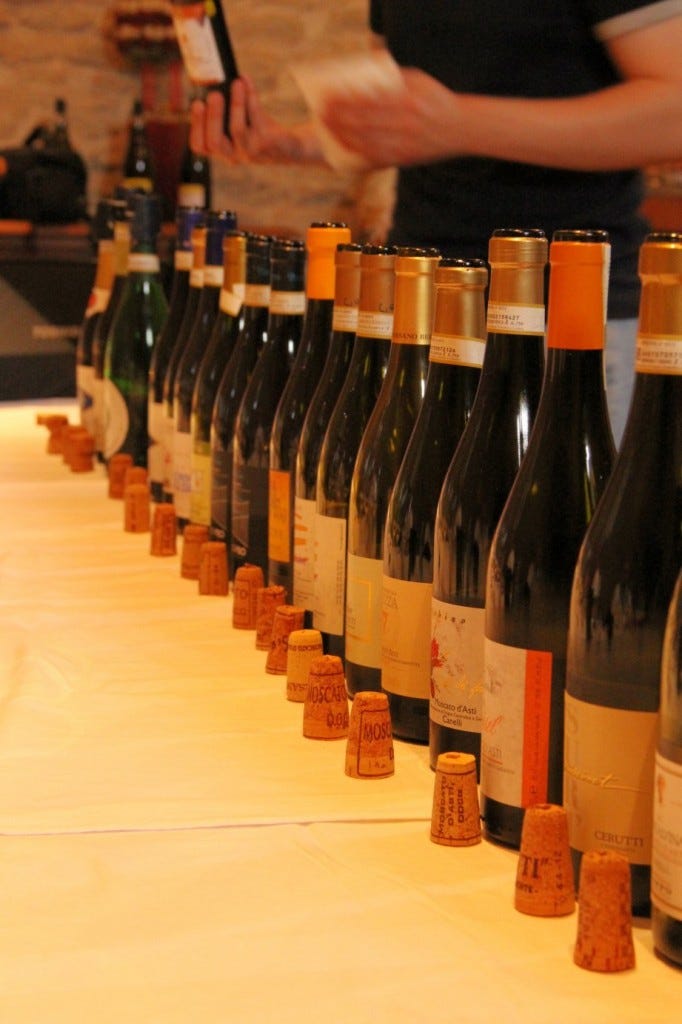Seven reasons why I love Moscato d'Asti

Look, I'm not after anything serious. Let's just flirt and enjoy each other's company - we don't have to be relationship material do we? We both know it feels good . . . oh but it does feel good.
I love your undemanding effervescence, your fresh, charming yet captivating perfume - mmm, elderflowers, grapes, peach blossom.
Well go on then, another glass . …
Keep reading with a 7-day free trial
Subscribe to The Morning Claret to keep reading this post and get 7 days of free access to the full post archives.



